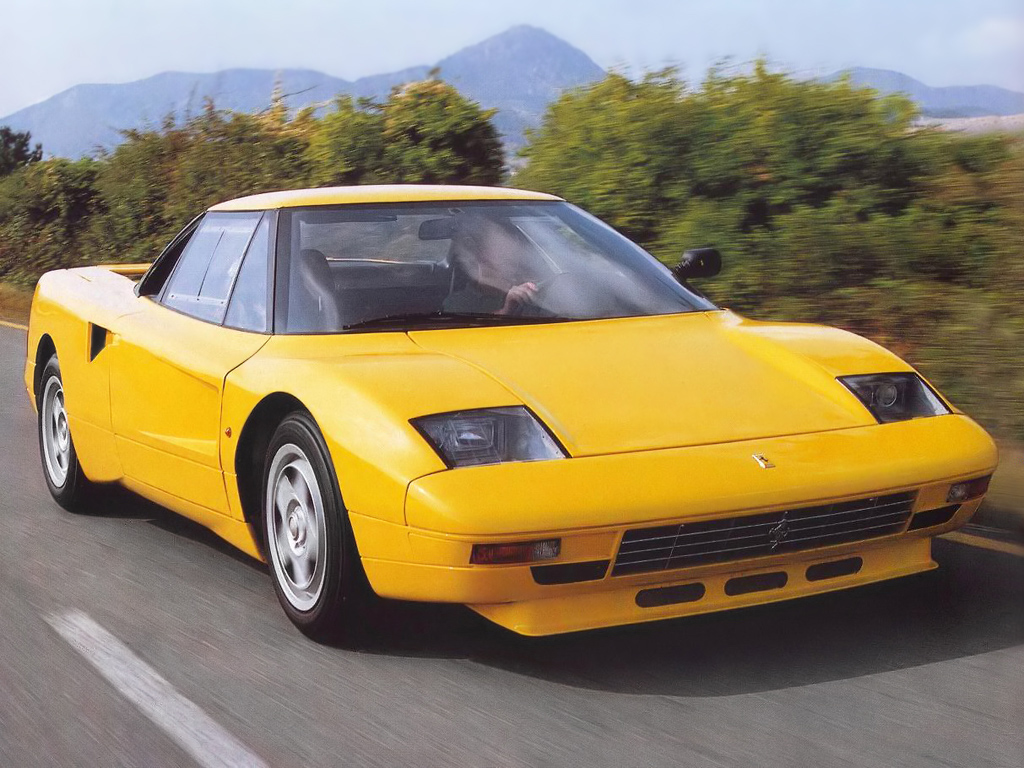The Ferrari 408 4RM is a fascinating car on multiple fronts. And not just because it’s the first all-wheel-drive offering to be bestowed the venerable Prancing Horse badge. If you thought it was the FF, you’d be wrong. That fact alone is interesting, but for all its genius, the famous Italian brand never planned to put the mid-engined, AWD supercar into production.
Instead, it was a mid-‘80s concept created to showcase the innovative technical prowess within the Maranello HQ to sell on to others. Also faced with AWD opposition from the likes of the Porsche 959 and Jaguar XJ220, Ferrari wasn’t going to be left behind. A group of top engineers were put together under the banner of Ferrari Engineering to build the 408 4RM. The Ferrari team even developed the AWD system in-house.
The red 408 4RM was the first example, completed in June 1987 with chassis number 70183. It was made out of stainless steel and welded together using laser techniques. The second yellow car is chassis number 78610. It’s on display in Maranello at Galleria Ferrari and is the more advanced of the two concepts. It is made out of aluminium and is joined not by welds, but via a bonding adhesive and rivets. Yet, it is also almost 30 per cent lighter than the original.
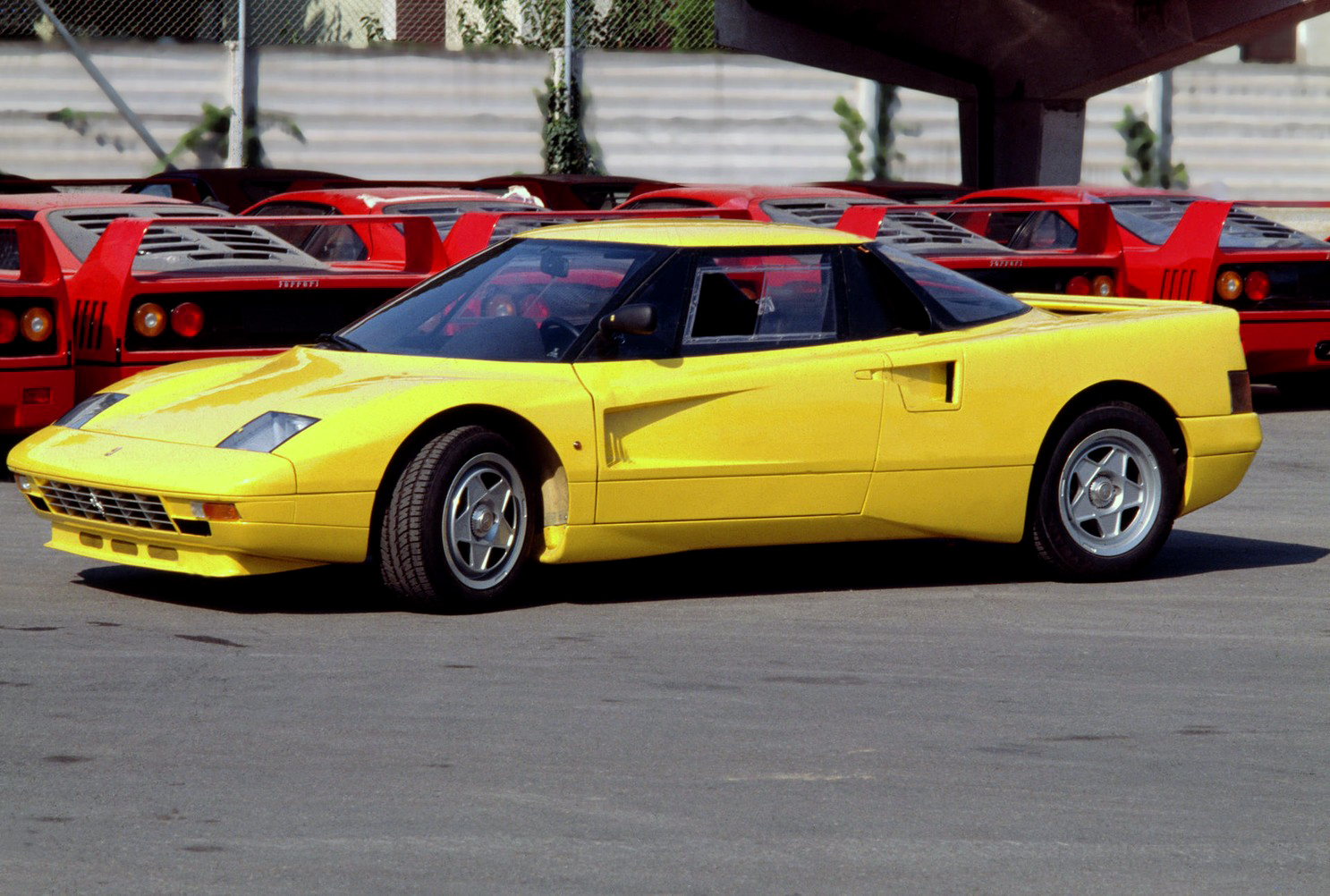
The all-alloy 4.0-litre V8 (revised from the 328) also broke new ground for the marque by being placed longitudinally (and further back in the engine bay so the gearbox could be placed ahead of it) with dual overhead camshafts and four valves per cylinder. What’s more, it was also offset to the right to accommodate the AWD system.
Punching out 221kW at 6250rpm and 373Nm at 4500rpm, the 3999cc unit provided decent grunt (for the time) to all four wheels with differentials on each axle. Up to 70 per cent of power went to the rear and 30 per cent to the front axle. It also used a five-speed manual gearbox with a twin-plate clutch.
While no official 0-100km/h figure is offered, given the 408 4RM’s 1343kg kerb weight, performance would be brisk. It also used a dry sump setup and with a 120-litre fuel tank, poor economy becomes less of an issue.
However, it isn’t solely the all-wheel-drive system that is of note here. The 408 4RM also featured electronically adjustable suspension, rear steering and a monocoque body shell. That construction also meant that getting in and out of the 408 4RM was more difficult than usual due to wide sills while the interior featured extensive use of red carpet.
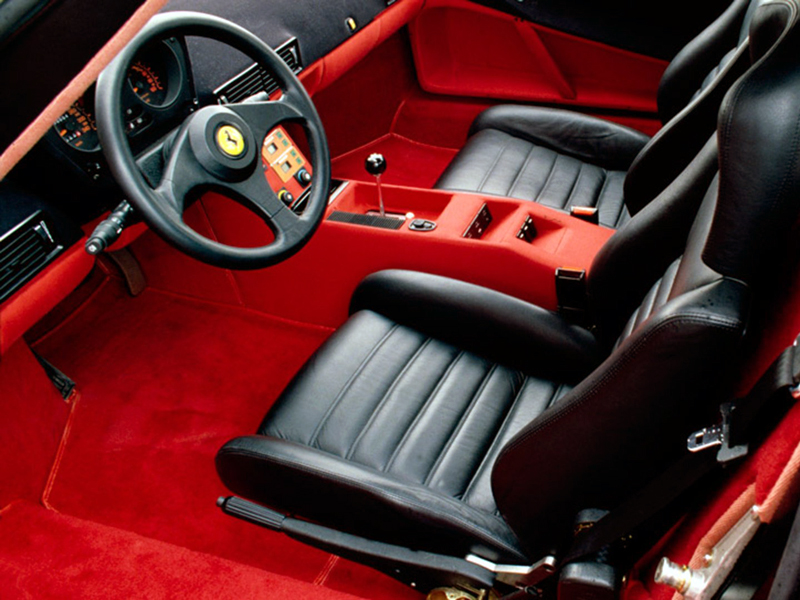
Both prototypes featured detachable front and rear subframes with an elongated wheelbase to accommodate the forward-facing gearbox. The suspension was fully independent front and rear with electro-hydraulically adjustable dampers and anti-roll bars.
Tiny by today’s standards, the 408 4RM ran five-spoke 16-inch Speedline wheels with a centre-lock hub and concealed ventilated discs all-round. A speed-sensitive rear wing was also used with an electronic central section to aid aerodynamics.
For those wondering, the name has meaning, with the 40 standing for the engine displacement and the 8 referring to the number of cylinders – Peugeot has now nabbed the 408 nomenclature. The latter half of the name stands for 4 Ruote Motricic, which translates to four-wheel drive.
Ultimately, the plan to create Ferrari Engineering fizzled out and the 408 4RM stands as one of the most interesting Ferraris to never go into mass production.
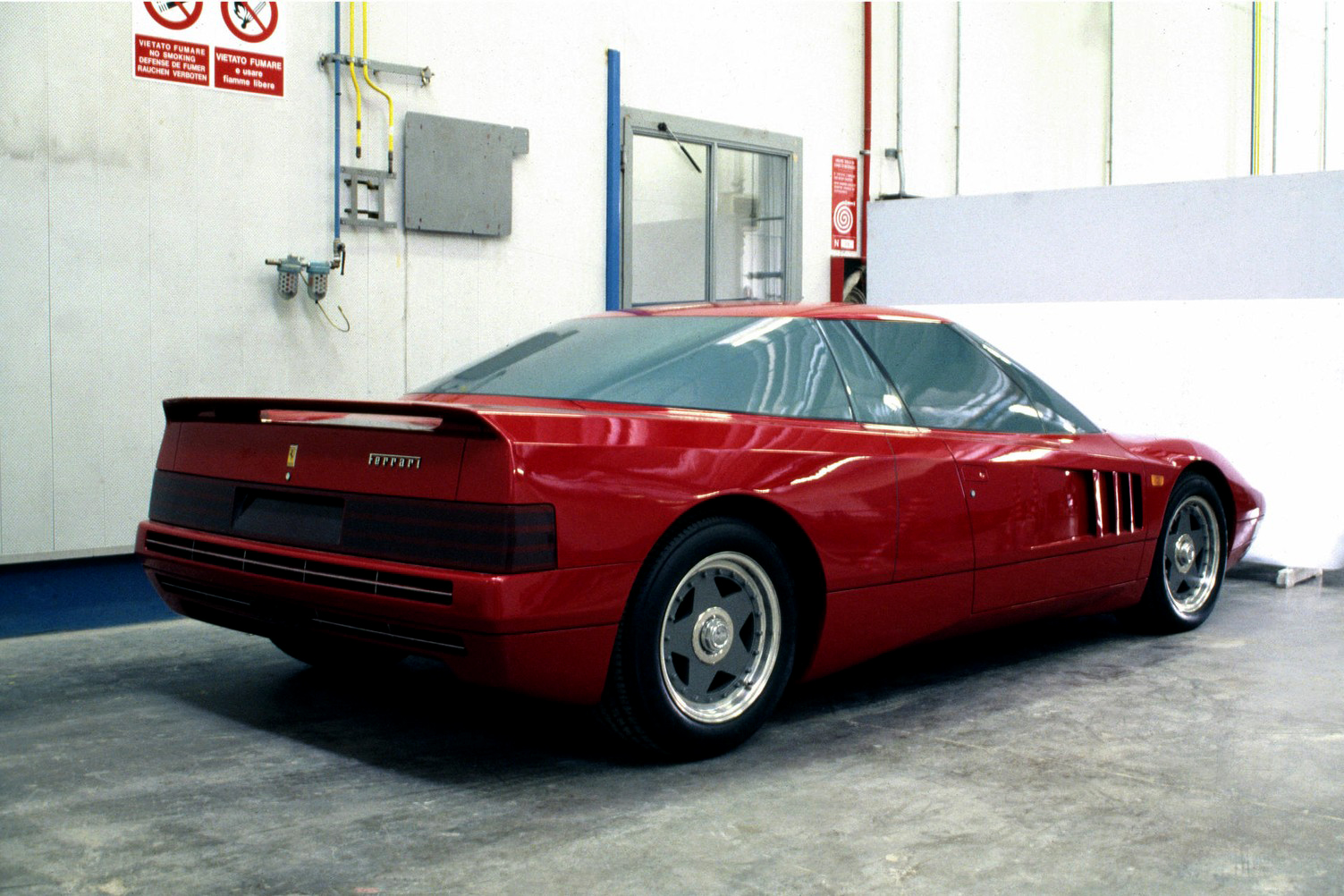
We recommend
-
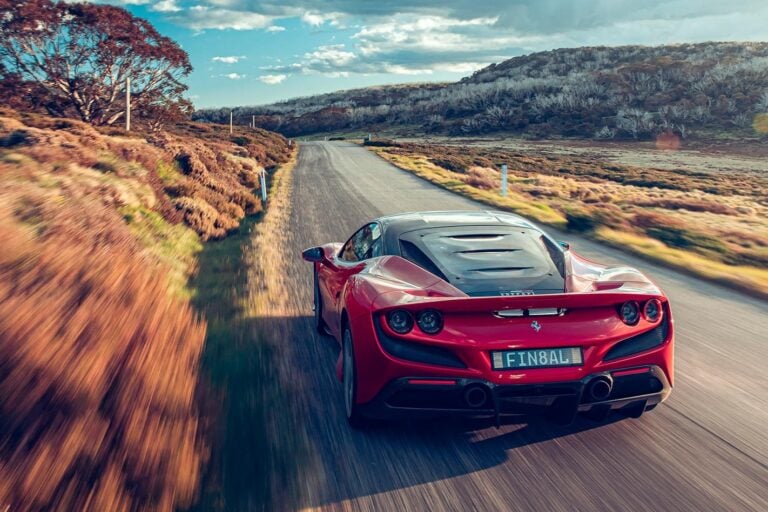 Features
Features2021 Ferrari F8 Tributo vs Victorian lockdown
As curfew lifts, could a flat-out run in Ferrari’s finest restore a little sanity?
-
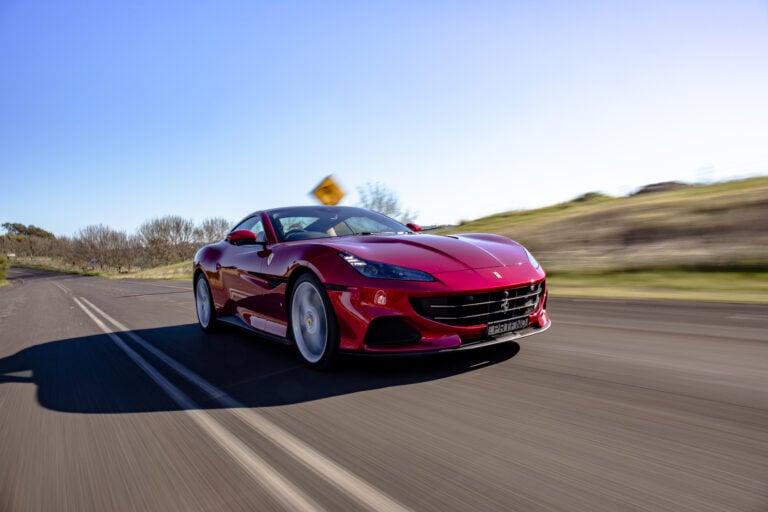 Features
FeaturesChasing the sun with the 2021 Ferrari Portofino M
Has Ferrari’s poser become a proper Prancing Horse? We take the back roads to San Remo in the new Portofino M to find out


